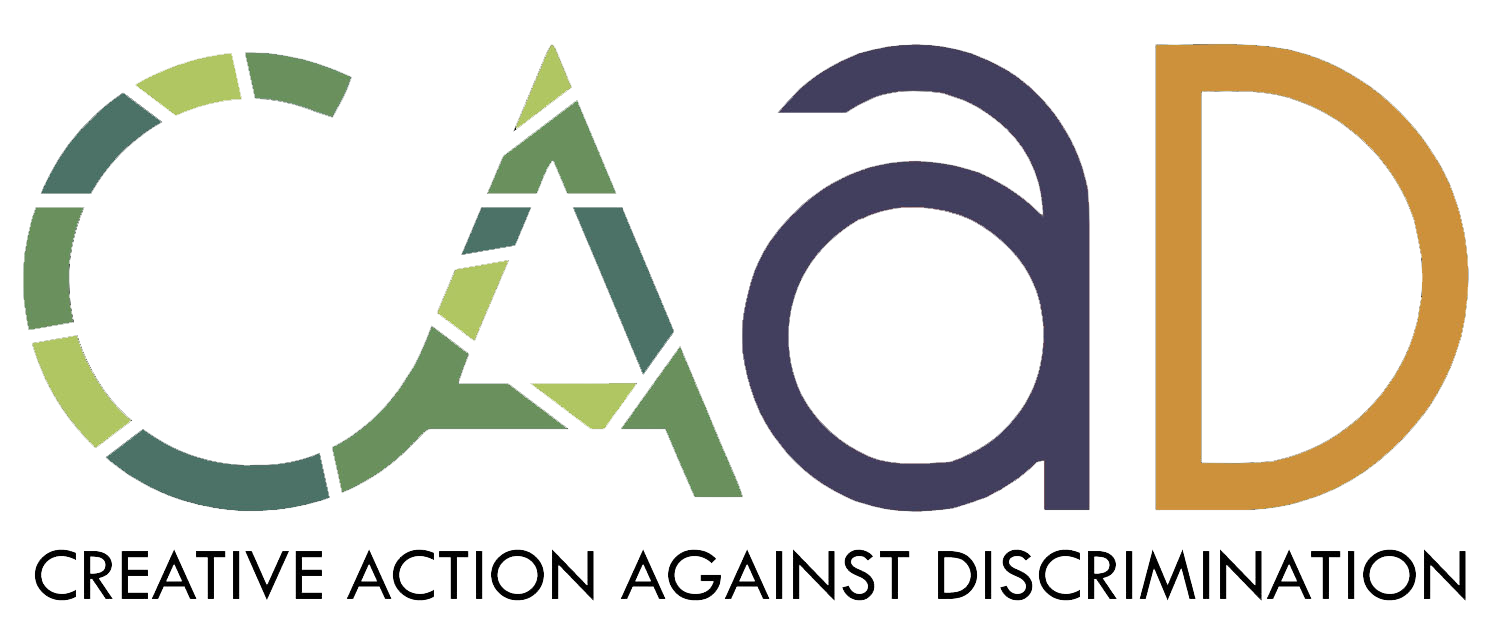Contexts and codes of the communicational era A generational approach to Social Media as an anti-racist tool
While working on the pilot sessions of the Social Media (from now on, ‘SM’) workshops for the CAaD project, we identified a difference in the overall approach towards SM based on the age of the participants. Some exceptions considered, participants under 30 were way more familiar with the tools than the ones over 30, and while the first ones wanted specific ways of using them as an anti racism tool. Some older participants did not know the basics on SM, which made impossible to work on further and more complex strategies.
This is nothing new. The generational gap on media literacy has been analyzed over and over during the last two decades, mostly known for Mark Prensky’s work about digital natives and immigrants. Nowadays the state of the art on this topic goes further than just dividing those two groups and their characteristics, specially if we take into account that media literacy spreads in multiple ways, not in a linear direction. Yet, it is something that has to be considered when using SM in order to get an impact, sensitize and mobilize people. Indeed, thinking of different potential target groups for our messages will help narrowing down which SM each audience may use, and which codes should we use to get to them. This aspect is not only to be considered when we are targeting our audience, it may also lead us to different ways fake news, stereotypes and prejudices spread among different age groups.
Once the age based differences on media literacy identified we shall ask ourselves if there is another generational gap to be considered, such as a generational gap on racism. It is commonly assumed that younger generations are more open minded and sensitized about racism and discrimination, what has been called the Myth of the Post-Racial Society [1]. But is it really?
On a local scale, the last analysis on perceptions and attitudes towards discrimination in Euskadi shows a significant deviance based on age, the youngest answered way more positively when asked about their acceptance of gipsy, muslim or migrant people (Ikuspegi, 2020). This correlation between positive answers on the topic and age appears on most surveys no matter the location, so we can assume it is a global phenomenon (Pew Research Center, 2019).
There is a shift in attitudes on social issues, but two main aspects must be considered in order to not fall into falsely optimistic assumptions. On one hand, data is often not disaggregated by race, so “youth” is considered a homogeneous group. When data is disaggregated, significant differences can be found (Cohen, C.J., 2011), showing that white youth may not be as deconstructed or ‘woke’ as expected. On the other hand, most of the indicators of racist attitudes are taken from pretty straightforward statements. This does not imply that people answering positively do not believe and reproduce more subtle ways of racism and stereotypes that can be the base of the Pyramid of hate.
The Pyramid shows biased behaviors, growing in complexity from the bottom to the top. Although the behaviors at each level negatively impact individuals and groups, as one moves up the pyramid, the behaviors have more life-threatening consequences. Like a pyramid, the upper levels are supported by the lower levels. If people or institutions treat behaviors on the lower levels as being acceptable or “normal,” it results in the behaviors at
the next level becoming more accepted. In response to the questions of the world community about where the hate of genocide comes from, the Pyramid of Hate demonstrates that the hate of genocide is built upon the acceptance of behaviors described in the lower levels of the pyramid (ADL, 2019).
The Myth of the Post-Racial Society is directly related to the Pyramid, as many do not identify their attitudes and beliefs as racist when talking about the lower behaviors (biased attitudes such as stereotyping, insensitive remarks and so on). This work alongside racism on traditional media. A recent study on misinformation on diversity and migrations shows that most traditional media journalism do not reproduce hate speech per se, but do replicate stereotypes and prejudices against migration may eventually lead to hate speech (Themme, C.; Huarte, I. y Araguás, M., 2021).
Generational differences considered on both issues, mixed-aged groups are an interesting approach. This has been used with formal education teachers on ICT workshops. It is common for experienced teachers to lack IT skills that younger teachers have, and at the same time these younger teachers can benefit from the overall experience of older professionals. Generating dynamics both groups have to interact with each other and work together allows a fluent transfer of skills, and peer-to-peer teaching has been proved to be effective not only for the aim of the workshops, but also for encouraging self confidence and for generating a more friendly learning atmosphere.
Mixed groups are also useful to avoid a problem that happens quite often during the design of a communication campaign. We tend to assume that the ways in which we communicate, the language, trends and mediums, are applicable to the general public. For instance if you are a frequent Facebook user you may think it will be an effective medium to reach a targeted audience, even though that audience may not even be on Facebook. Mixed-groups make it easier to compare those beliefs, not only adding the knowledge of each others habits, but also making it easier to put in someone else’s shoes.
[1]. White Privilege: The Myth of a Post-racial Society by Kalwant Bhopal

Get in touch
For general requests regarding the project, please contact:
info@kulturhaus-brotfabrik.at
To get in touch with one of the partners, see partner’s details!
